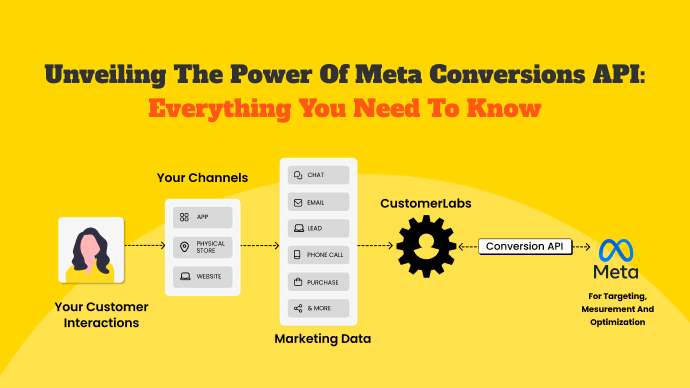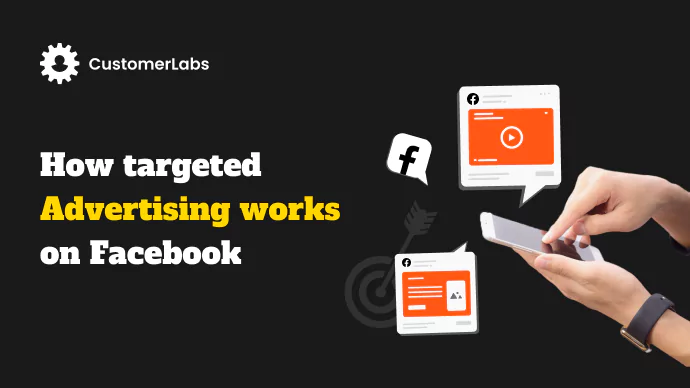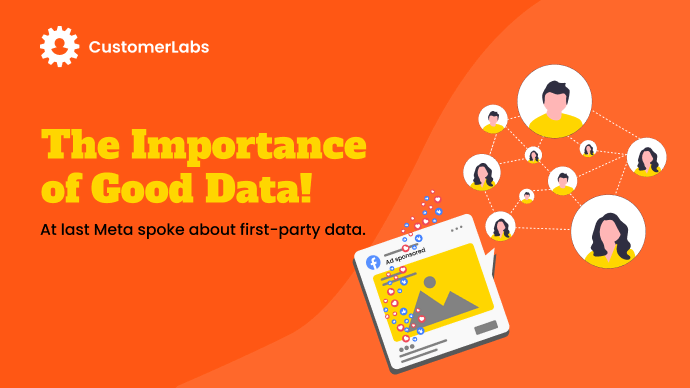When it comes to targeting audiences on Facebook, lookalike audiences is one of the most powerful targeting options to find relevant audiences. It helps you find new potential customers with unparalleled reach and targeting capabilities. Note that the platform has around more than 2 billion monthly active users.
Enrich Your Ad Campaigns Using Value based Lookalike Audience
·
On September 23, 2023
·






